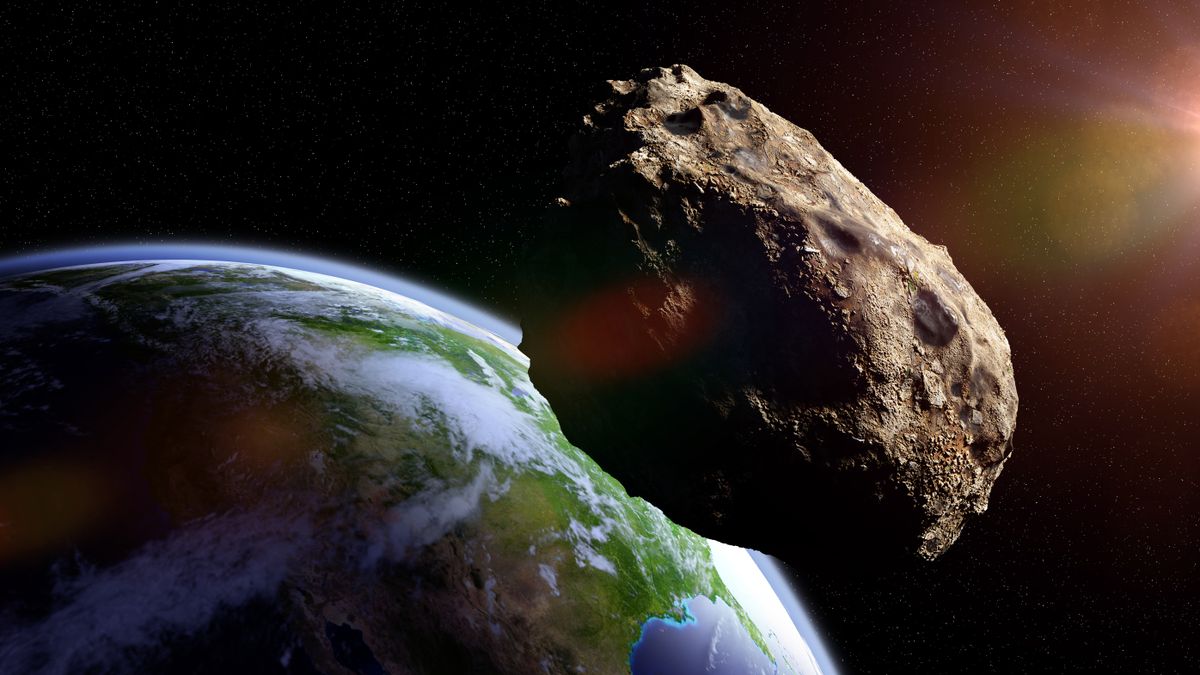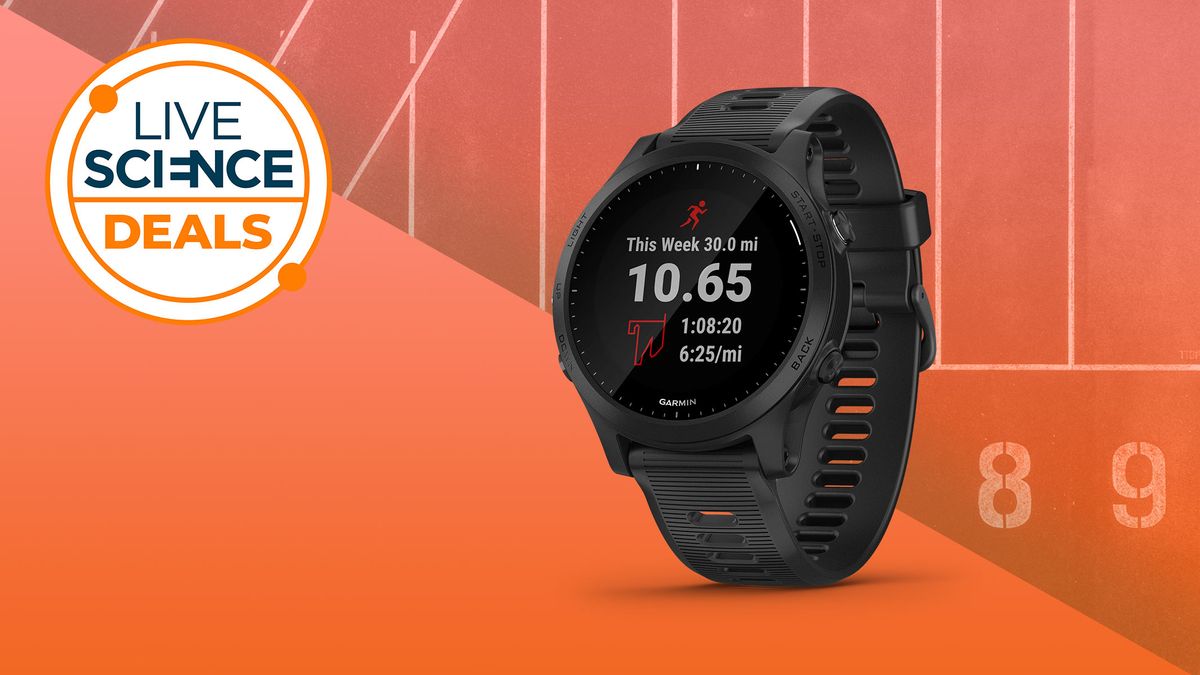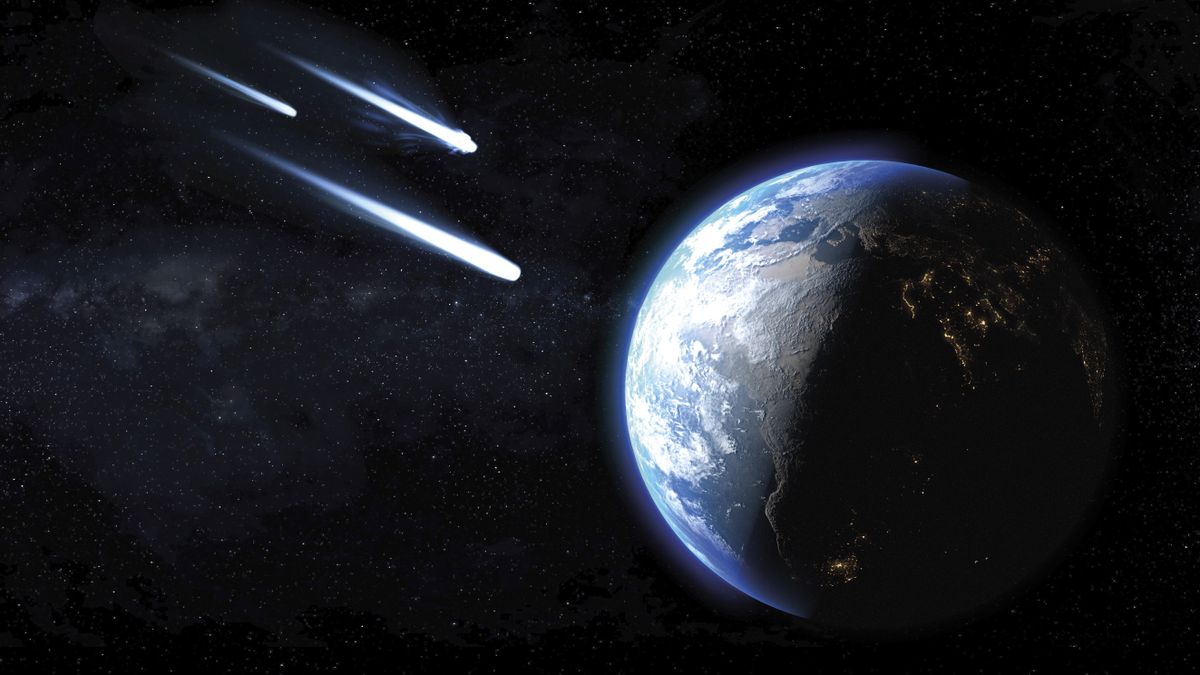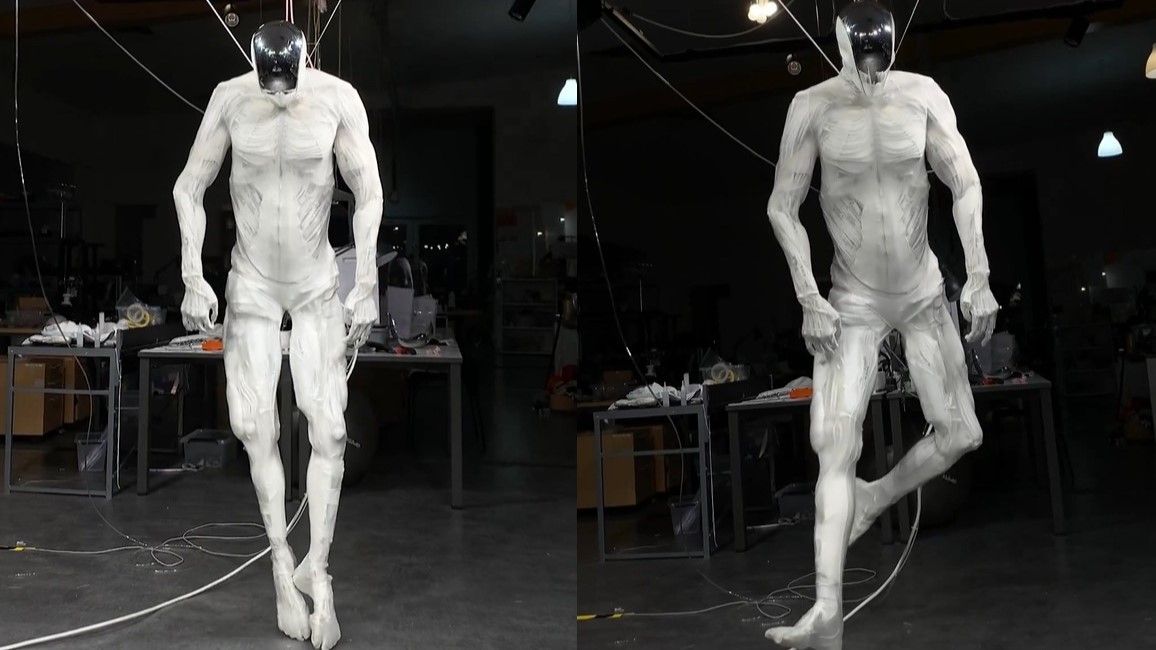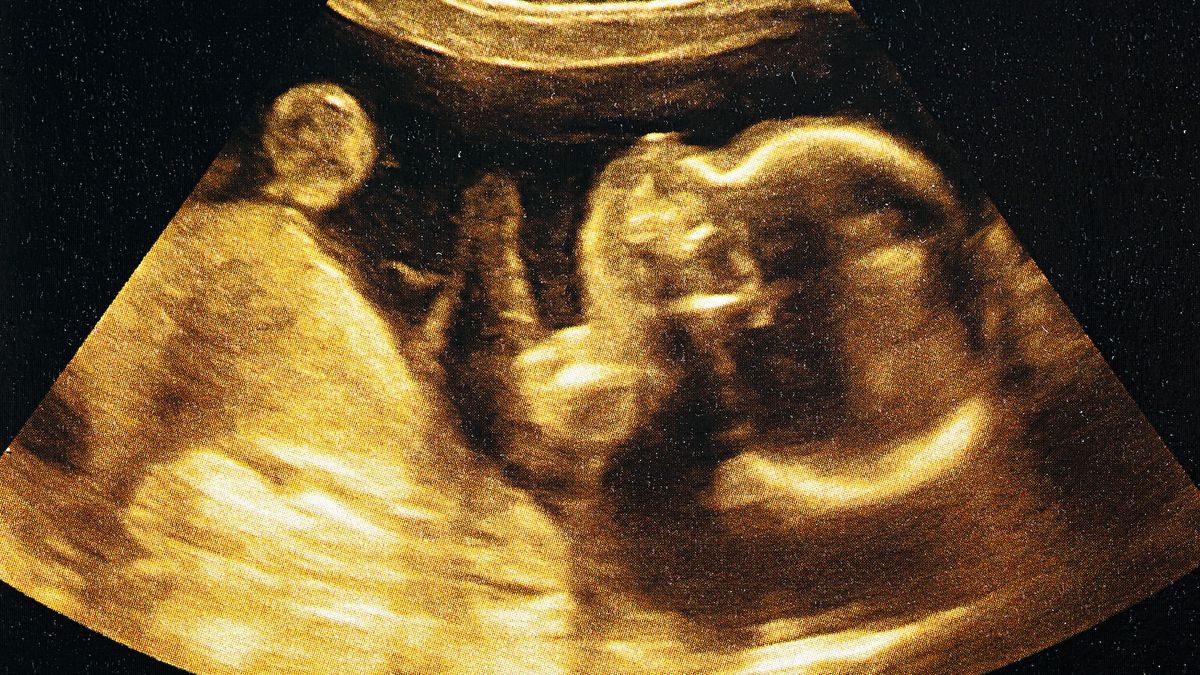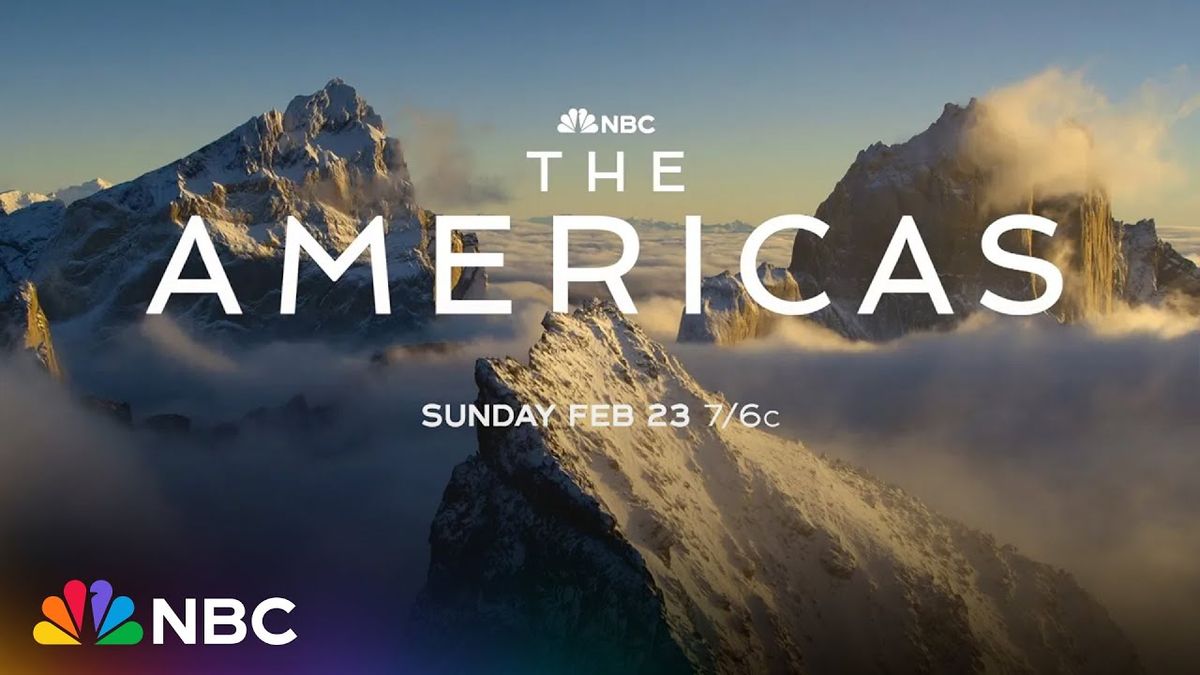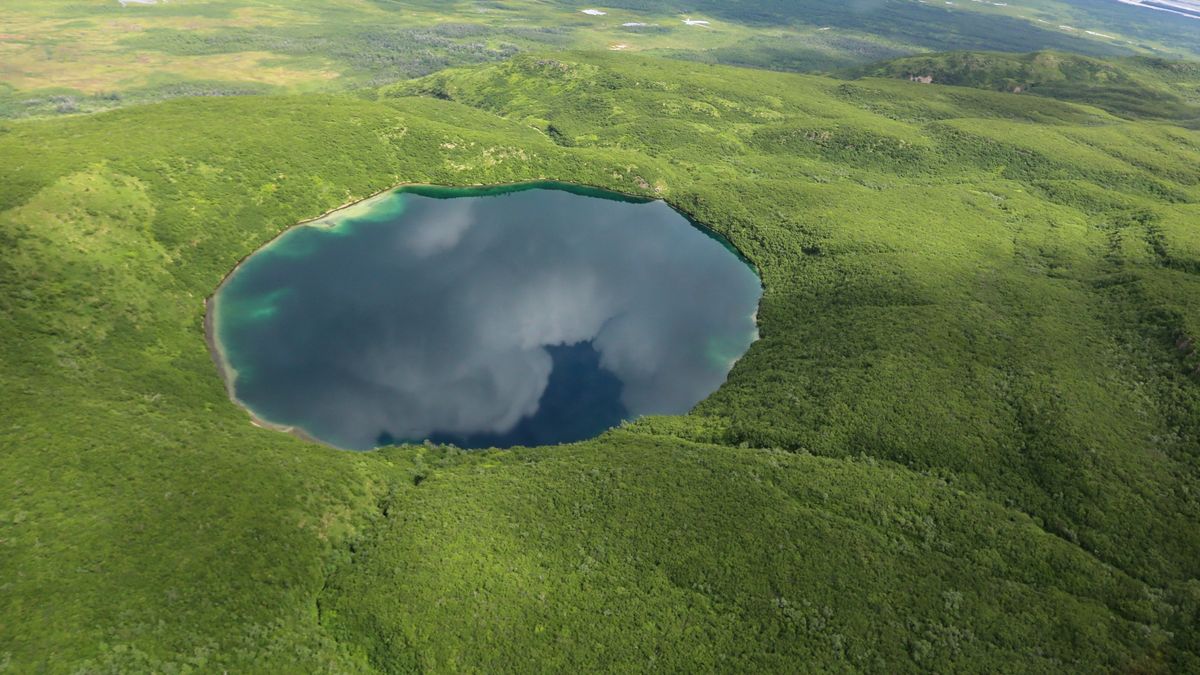NASA has downgraded the threat level of potential city-killer asteroid 2024 YR4. It is now more likely to hit the moon than Earth, according to the latest data.
The space agency has been tweaking the odds of a potential strike from the 180-foot-wide (55 meters) YR4 all week. Those odds peaked at 1 in 32, or 3.1%, on Tuesday (Feb. 18), which was the highest impact probability NASA had ever recorded for a space object as big as YR4. However, the likelihood of a strike soon fell.
On Wednesday (Feb. 19), NASA more than halved the chances to 1 in 67, or 1.5%. Now, at the time of writing on Friday (Feb. 21), the odds are at 1 in 360, or 0.28%, according to NASA’s Center for Near Earth Object Studies. The asteroid is also slightly more likely to hit the moon, with a lunar impact probability increasing to 1%, according to NASA’s Planetary Defence blog.
The latest shift in odds is arguably the most significant so far because it lowers YR4’s official threat level. Since YR4’s impact odds rose above 1% in January, the asteroid has been at level 3 on the Torino Impact Hazard Scale. Level 3 means a space object is capable of “regional devastation” and alerts astronomers to take notice. However, now that the odds have dropped below 1%, YR4’s threat level has dropped to level 1, which means there is no unusual level of danger, according to the scale.
Related: Potentially hazardous asteroids: How many dangerous space rocks lurk near Earth — and can we stop them?
The latest reduction in impact probability came after astronomers made overnight observations of YR4 between Feb. 19 and Feb. 20, according to NASA’s Planetary Defence blog. The blog had previously noted that darker skies enabled astronomers to better observe the asteroid, following a week of limited visibility around a full moon.
The reduction in odds and change in threat level won’t come as a surprise to astronomers. Even when YR4’s impact odds were climbing, the change was due to uncertainty about the asteroid’s orbital path, and researchers expected the odds to fall to zero with better data. A collision from an asteroid of this size would have been around a once-in-a-thousand-years event, based on a NASA asteroid hazard comparison chart.
“NASA’s planetary defense teams will continue to monitor the asteroid to improve our predictions of the asteroid’s trajectory,” Molly Wasser, a spokesperson for NASA, wrote in the latest blog update on Feb. 20.”





